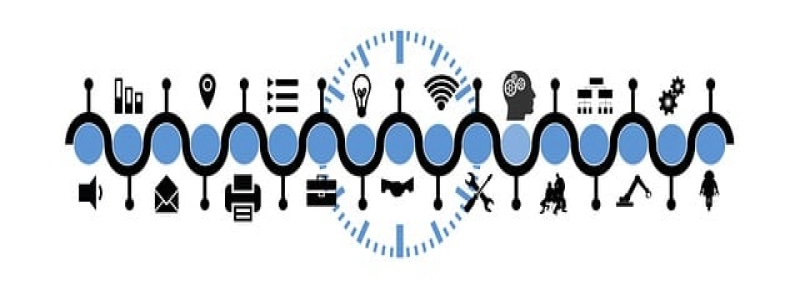Ethernet Splitter vs Switch
Introduction:
When setting up a network, one might come across the need to expand the number of connections available. In such cases, two common options are Ethernet splitters and switches. While both serve the purpose of extending the number of connections, they differ in functionality and capabilities. In this article, we will explore the differences between Ethernet splitters and switches, and help you decide which one is best suited for your networking needs.
I. Ethernet Splitters:
Ethernet splitters are devices used to divide an Ethernet connection into multiple ports. They provide a convenient way to share a single network connection with multiple devices, without the need for additional equipment. Splitters work by physically splitting the Ethernet cable into two or more ports, allowing multiple devices to access the network simultaneously.
Advantages of Ethernet Splitters:
1. Cost-effective: Ethernet splitters are generally less expensive than switches, making them a viable option for those on a tight budget.
2. Easy to set up: Splitters require minimal configuration and can be easily installed by connecting the cables to the corresponding ports.
3. No power supply required: Unlike switches, Ethernet splitters do not require a power source as they simply split the existing Ethernet connection.
Disadvantages of Ethernet Splitters:
1. Limited functionality: Splitters lack the ability to manage network traffic and control data flow. They simply divide the connection, resulting in potential network congestion and reduced performance.
2. No communication between connected devices: Devices connected via a splitter operate independently, without the ability to communicate directly with each other.
II. Ethernet Switches:
Ethernet switches, on the other hand, are more sophisticated devices designed to connect multiple devices within a network. Unlike splitters, switches are capable of managing network traffic, controlling data flow, and providing efficient communication between connected devices.
Advantages of Ethernet Switches:
1. Enhanced performance: Switches have the ability to intelligently manage network traffic, allowing for faster data transfer speeds and reducing network congestion.
2. Better control over network: Switches provide features such as VLANs (Virtual Local Area Networks), QoS (Quality of Service), and MAC address filtering, which allow for better control and organization of network resources.
3. Ability to communicate between devices: Switches enable devices to communicate directly with each other, facilitating file sharing, printer access, and other collaborative activities.
Disadvantages of Ethernet Switches:
1. Higher cost: Ethernet switches are generally more expensive compared to splitters, especially when considering advanced features.
2. Additional configuration required: Switches may require some level of configuration to optimize their performance and meet specific network requirements.
3. Power supply needed: Unlike splitters, switches require an external power source to function.
Conclusion:
In summary, Ethernet splitters and switches are both useful in extending the number of network connections. Ethernet splitters are a cost-effective and easy-to-install option for simple network setups, while Ethernet switches offer enhanced performance, better control, and the ability to facilitate communication between devices. Consider your network requirements, budget, and desired functionalities before making a decision.








